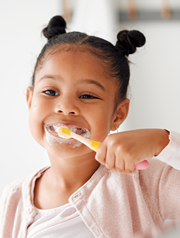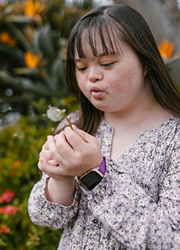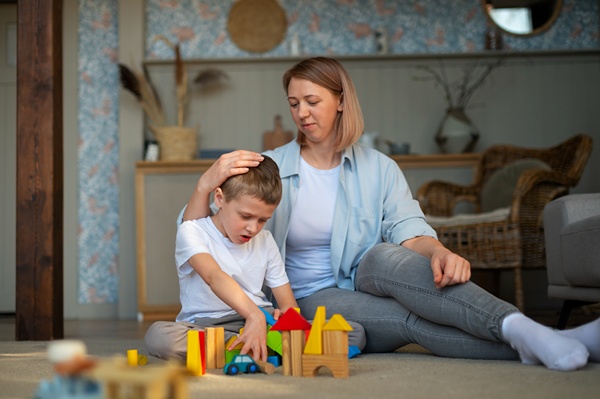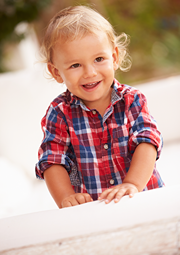Ideas To Help Encourage Your Child To Brush Their Teeth
Every parent wants their child to grow up healthy and happy, yet oral hygiene can sometimes take a back seat in the hustle of daily life. Good dental hygiene not only prevents cavities and gum disease but also contributes significantly to overall wellness. It lays the foundation for strong and healthy teeth they grow.
Here, we share some ideas to help encourage your child to brush their teeth.
Make Brushing a Fun Activity
Turning teeth brushing into a game can motivate even the most reluctant child. Use a timer or play their favorite song as a two-minute soundtrack while they brush. This idea makes the task entertaining and helps them understand the recommended time for effective brushing. Creating a narrative around brushing—such as “brushing away the sugar bugs”—can add an element of adventure. It helps kids learn the importance of healthy oral care routines while having fun!
Choose Kid-Friendly Toothbrushes and Toothpaste
Toothbrushes and toothpaste are essential oral health products. Selecting the right ones can make a big difference. Look for toothbrushes and toothpaste that feature your child’s favorite characters. It can make brushing feel less like a chore and more like playtime. Bright colors and fun shapes attract kids, making them eager to use their brushes. Toothpaste flavors like bubblegum or strawberry can turn what was once a dreaded task into a treat.
Role Model Good Dental Habits
Children often mimic what they see, so when parents demonstrate good dental care, kids follow. Make brushing a family activity by brushing your teeth together. Show them how thorough brushing looks and explain why it’s important. This shared experience reinforces the significance of maintaining oral health care routines and makes it a bonding activity.
Reward Consistent Brushing
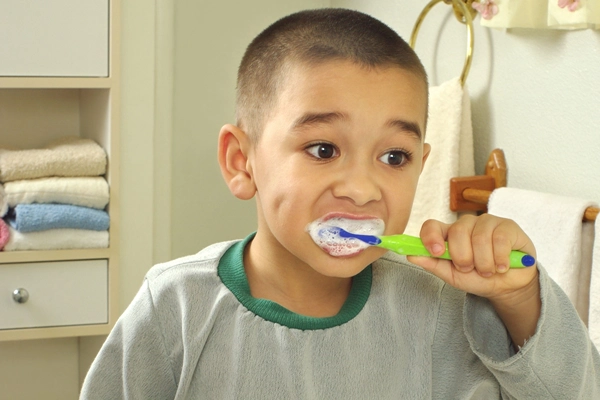
Implementing a reward system can keep your child motivated. A sticker chart that tracks their brushing habits or small rewards for consistency can work wonders. Recognizing their efforts with a small treat or extra bedtime story encourages them to stick with their routine. The key is celebrating their success without turning rewards into the sole motivation.
Regular Dental Check-Ups as a Positive Experience
Regular dental check-ups are important in maintaining your child’s oral health. Dentists can become allies in encouraging good dental habits. They reinforce the importance of oral hygiene and provide benefits like dental sealants that protect teeth. Present these visits as positive experiences by choosing a child-friendly dentist who explains procedures in an engaging way, making your child look forward to each visit.
The Long-Term Benefits of Early Dental Routine
Establishing a robust dental routine early in life offers long-term benefits. It reduces the risk of cavities and gum disease and sets the stage for a lifetime of oral health. Children who develop these habits early are more likely to continue them into adulthood, leading to healthier teeth and gums. By instilling good habits now, you invest in their future well-being.
These strategies can help you encourage your kids to brush their teeth. The goal is to promote, not to force. With creativity and patience, you can make brushing an integral part of your child’s life and set them on the path to a lifetime of healthy smiles.

